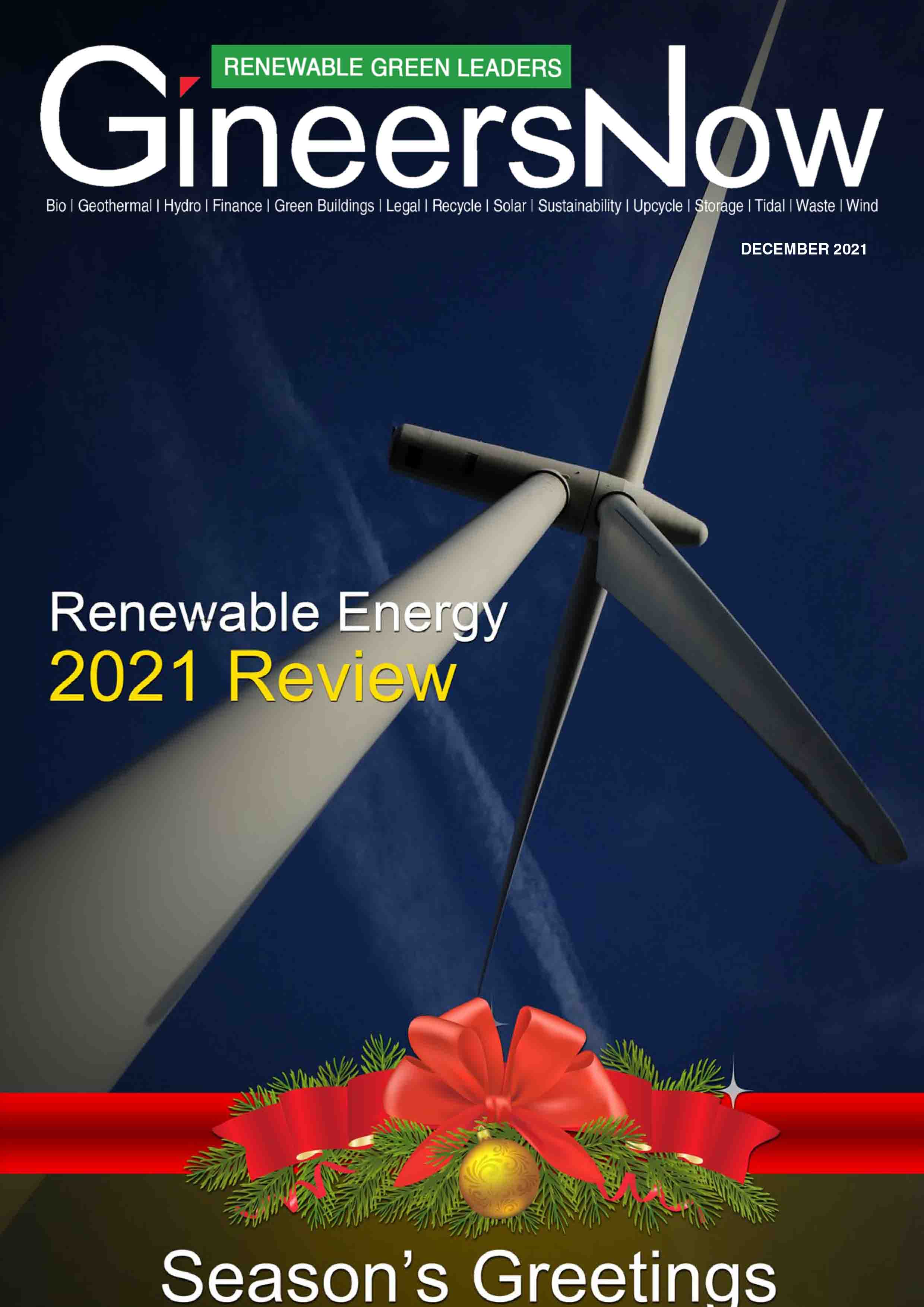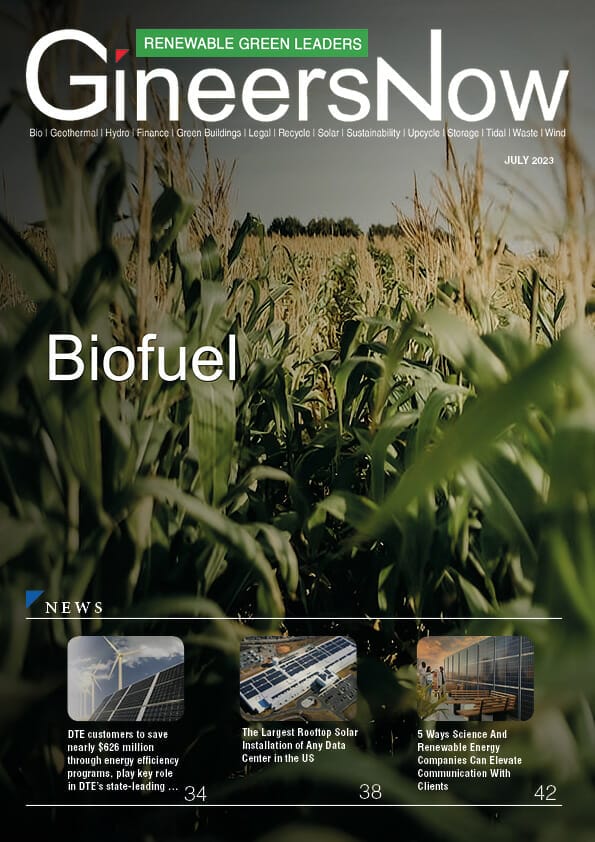Renewable Energy 2021 Review
The demand for renewable energy increased despite the pandemic in 2020, while other fuel consumption declined. The IEA’s Renewable Energy Market Update examines current market and regulatory changes and anticipates new worldwide renewable energy capacity additions for 2021 and 2022. It also includes revised biofuel production predictions for these years, since the industry experienced considerable losses as a result of the pandemic’s decline in transportation demand.
Among the highlights of the market update included a statement regarding the annual renewable capacity additions reaching 45 percent to about 280 GW in 2020, the greatest annual growth rate since 1999. Globally, in 2021 and 2022, capacity expansions of exceptionally high levels will become the “new normal,” with 95% of new power capacity growth coming from renewable sources.
Solar PV growth will continue to set new milestones, with yearly additions hitting 162 GW by 2022 – about 50% more than the pre-pandemic level of 2019. In 2020, global wind capacity installations climbed by more than 90%, reaching 114 GW. While yearly market growth drops this year and next, it remains 50% greater than the 2017-2019 average.
Following the unusual increase caused by developers hurrying to finish projects before subsidy phase-outs, annual growth in China’s renewables market will slow. The rest of the world, on the other hand, compensates for China’s slowdown and keeps the rate of renewables increasing.
As PV prices continue to fall, Europe’s capacity expansion increases, due to more governmental assistance and a thriving corporate PPA market. Meanwhile, due to federal tax credit extensions, the new outlook for the United States is more hopeful. If implemented, new US carbon reduction objectives and the infrastructure bill would drive renewables development beyond 2022.
After falling by 8% in 2020, transport biofuel output is predicted to rise to 2019 levels in 2021. Production is also expected to increase by 7% in 2022.
Global Hydrotreated Vegetal Oil (HVO) production capacity is predicted to roughly quadruple in the next two years, owing mostly to clean fuel requirements and legislative support in the United States, greatly boosting the potential of manufacturing biofuels from waste and residual feedstocks.
Click below to read the magazine
Click here to download the magazine
Click here to read on Yumpu















